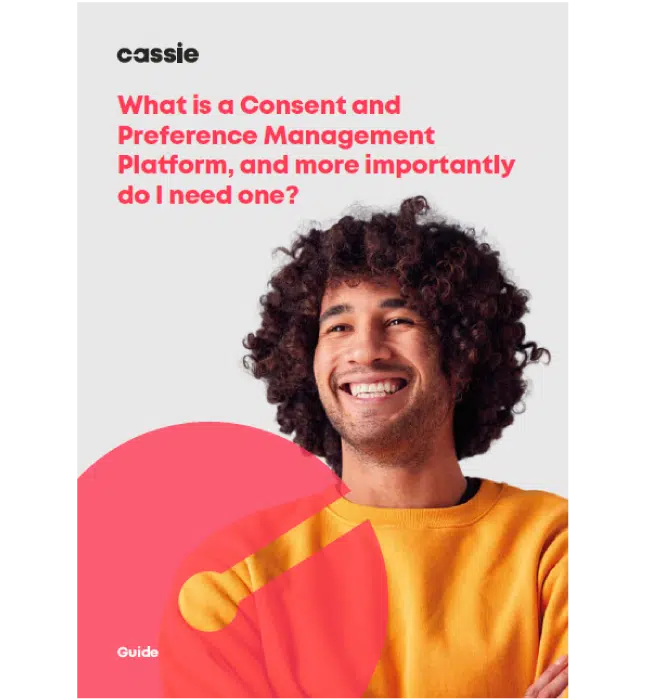The key steps to CCPA compliance
Posted: August 18, 2022
The California Consumer Privacy Act (CCPA) is a law created by the state of California that has gone into effect as of January 1st, 2020. The law aims to give Californians stronger control over how businesses use their data and requires companies to disclose certain information when asked by consumers. Like GDPR, CCPA applies to businesses that collect, store or use the personal data of an individual within California.
Once a business has completed its internal assessment and identified its data practices, the next step is to build tools and processes that are necessary for CCPA compliance. This involves:
Establishing policies
Businesses need to craft privacy policies that inform customers of their rights under CCPA and how the business collects, uses, stores, and shares consumers’ personal information. These policies should be easily accessible on the company website so customers can review them before sharing any personal data on the site.
Providing notice
Companies must disclose all sources of consumer information they collect in order to ensure transparency with customers and comply with CCPA requirements.
Building opt-out mechanisms
The CCPA provides consumers with the right to opt-out of the sale of their data, as well as request access and deletion. Companies must create a mechanism for customers to exercise these rights.
Setting up security protocols
Businesses need to implement security measures to protect consumers’ data from unauthorized access or theft. This includes encrypting personal information, training employees on proper data handling processes, and conducting routine security audits.
Establishing record-keeping requirements
Companies are required to document their compliance with CCPA requirements and maintain records of consumer requests for at least 24 months.
Adhering to the aforementioned steps will help ensure that businesses comply with all applicable CCPA regulations and give customers peace of mind when sharing their data. It is important to note that the CCPA is an evolving regulation, so companies should stay up-to-date with all of the latest developments and make necessary updates to their privacy policies as needed. By taking a proactive approach to CCPA compliance, businesses can protect consumers’ data while also positioning themselves for long-term success.
What is a consent management platform and how can it help risk and compliance teams?
Consent and Preference Management platforms (CMP) are designed to simplify data privacy compliance by providing an automated approach. It takes away the manual burden of having to figure out what needs to be done in order for organizations to achieve GDPR/CCPA compliance. It also allows for a more comprehensive approach to compliance, as it can help teams identify potential risks and areas of improvement quickly and easily.
Why do risk and compliance teams choose Cassie as their CMP provider?
Risk and compliance teams have a very tough job. Their role is to ensure that their organization’s data and resources are managed responsibly and in accordance with legal requirements.
Cassie is the consent and preference management solution that powers sustainable, compliant revenue growth by building stronger customer relationships through the respect of individual choices.
Manage compliance according to your business rules
Cassie has the flexibility to provide the data structure you need to ensure that your compliance journey never gets in the way of your business strategy.
Implement Cassie on your terms
Our teams work with you to map your business rules, integrate your systems, and compliance needs as you grow. With Cassie, there’s full configurability and long-term peace of mind.
Go beyond CCPA compliance with Cassie
By going beyond compliance and actively championing the protection and respect of customer data, you’ll build long-lasting trust. We believe respected customers spend more and become loyal brand advocates.

Want to learn more about consent and preference management
Read our What is a Consent and Preference Management Platform (CMP) and more importantly do I need one? guide to learn about how a CMP can keep companies compliant, brands visible, and consumers in control of their personal information.

